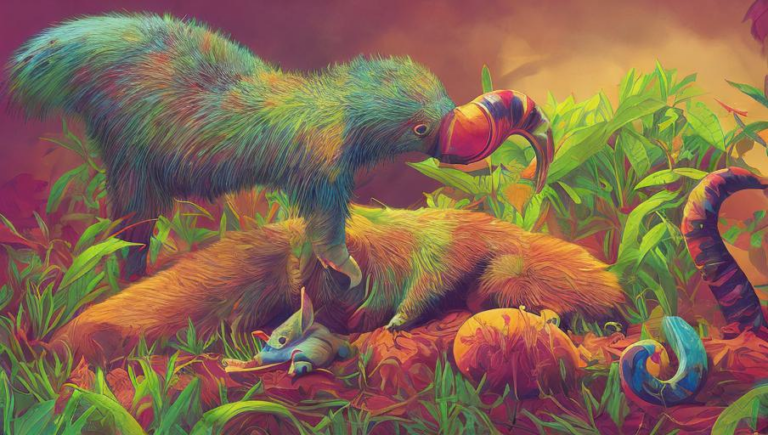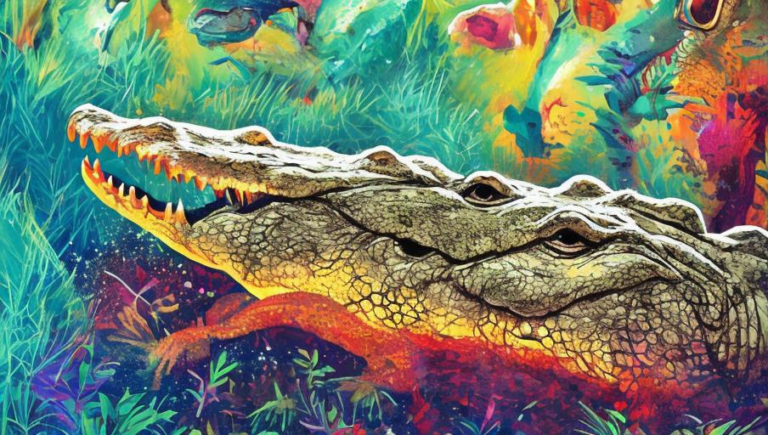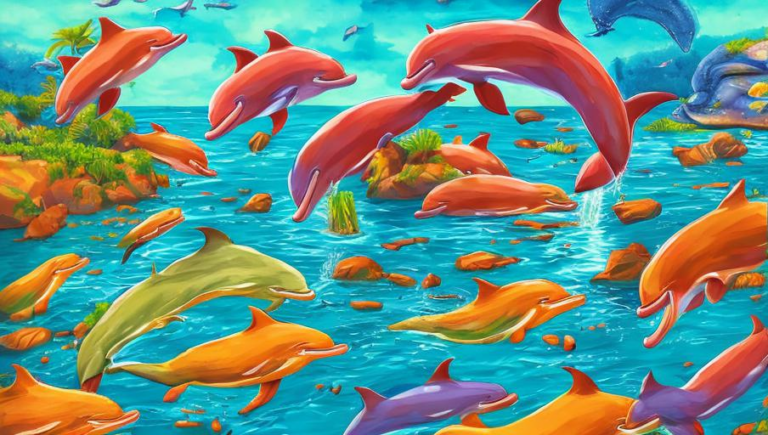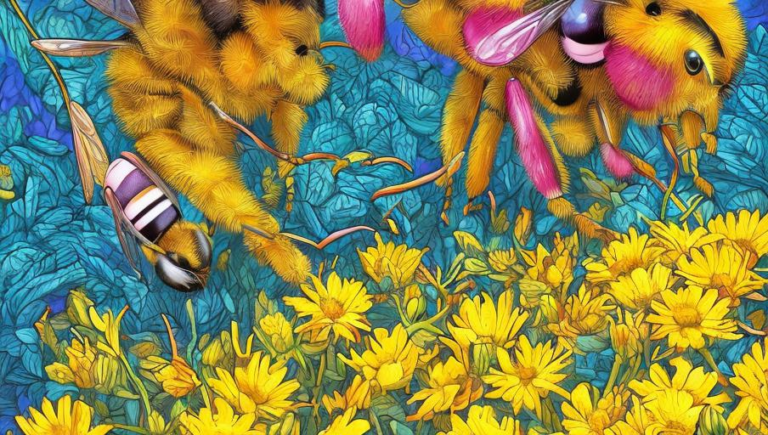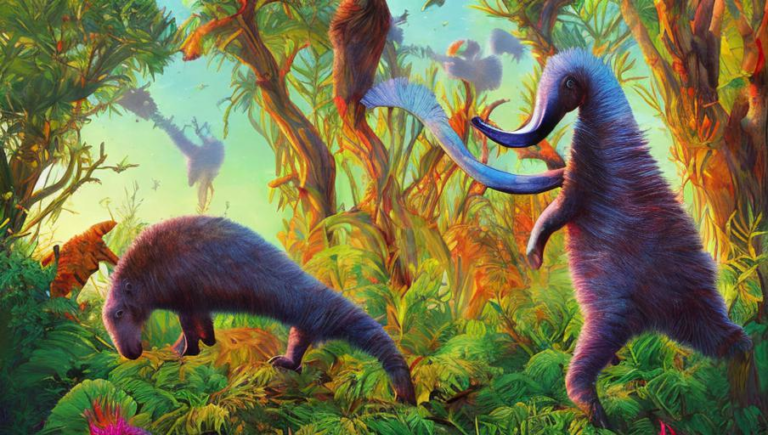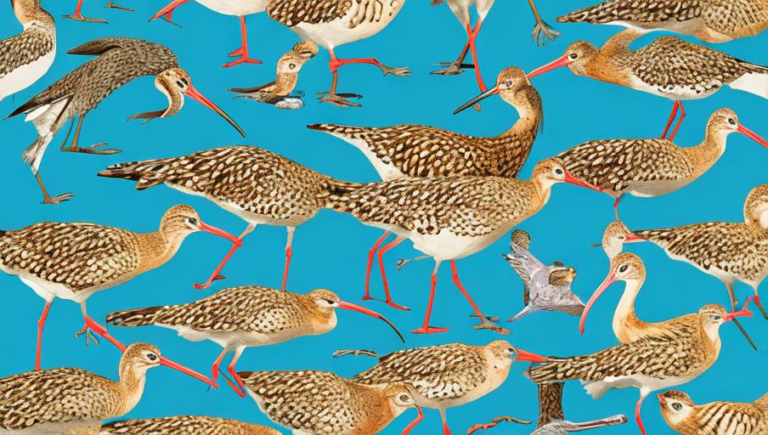Dangers in the Life of the Chamois
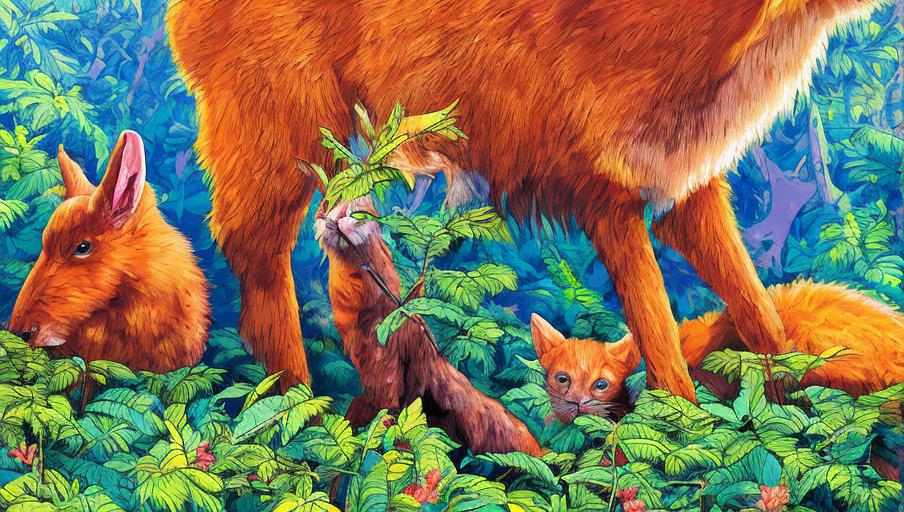
Introduction
The chamois is a small antelope-like mammal native to the mountainous regions of Europe, including the Alps, Pyrenees, and Carpathians. This species is highly adapted to mountainous terrain and is often seen climbing steep slopes and rocky cliffs. They have thick fur coats and a thick hide, enabling them to survive in cold climates. Chamois are agile, fast-moving animals and are able to quickly jump from rock to rock in order to escape predators. Despite their impressive adaptations, however, chamois still face numerous threats and dangers in the wild.
Predation
The main predators of the chamois are wolves, bears, lynx, and golden eagles. These animals hunt in packs and can easily overpower a single chamois. In some areas, such as the Alps, the chamois has been nearly wiped out due to over-hunting by humans. In addition to predators, chamois are also vulnerable to diseases, such as bovine tuberculosis and brucellosis, which can be spread by infected wild animals.
Habitat Loss and Fragmentation
The destruction of chamois habitats due to human activities, such as logging and development, is one of the leading threats to chamois populations. The fragmentation of habitats caused by roads, railroads, and other infrastructure projects further isolates chamois populations, making it difficult for them to find food and mates. In addition, the introduction of non-native species, such as deer and goats, into chamois habitats can cause competition for resources.
Climate Change
Climate change is another threat to the chamois population. Rising temperatures can lead to increased snowmelt, resulting in drier conditions and a decrease in food and water sources. In addition, higher temperatures can also result in an increase in parasites and diseases. Finally, the increasing number of extreme weather events, such as floods, droughts, and heat waves, can be devastating for the chamois because they are not adapted to such sudden changes.
Conservation Efforts
Fortunately, conservation efforts are being taken to protect the chamois population. In some areas, hunting of chamois is restricted or banned. In addition, national parks and other protected areas have been established to give chamois safe habitats. Finally, educational programs are being implemented to raise awareness of the importance of protecting this species.
Conclusion
The chamois is a fascinating animal that faces numerous dangers in the wild. Fortunately, conservation efforts are being taken to protect the chamois population. By raising awareness of the importance of protecting this species, we can help ensure that the chamois will continue to thrive in the future.
